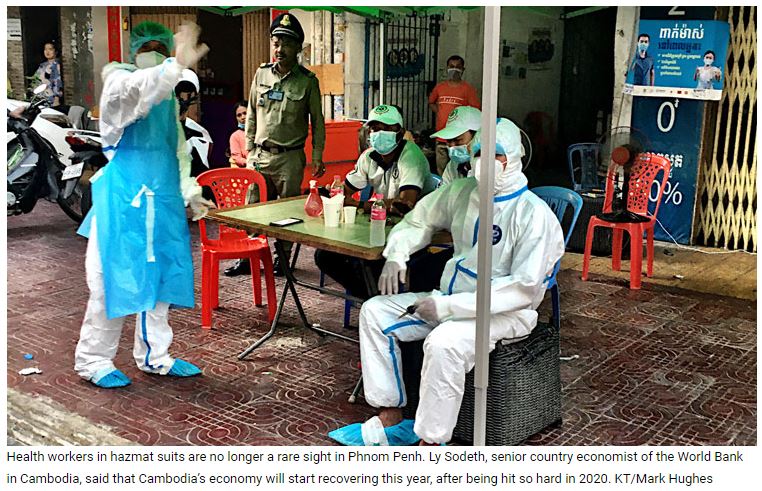World Bank: East Asia and Pacific to recover unevenly
The developing economies of East Asia and the Pacific (EAP) are facing a markedly uneven recovery, according to the World Bank’s latest economic update for the region called Uneven Recovery Drives Growing Inequality Across East Asia and the Pacific.
Despite startuing to bounce back in the second half of 2020, only China and Vietnam have followed a V-shape recovery path with output exceeding pre-COVID-19 levels.
Economic performance across countries continues to depend on the efficiency with which the virus is contained, the ability to take advantage of the revival in international goods trade and the capacity of governments to provide fiscal and monetary support, said the report.
China and Vietnam are expected to enjoy strong growth in 2021, whereas other regional economies will grow more gradually. Many are not expected to reach pre-COVID-19 levels of output until 2022 or later.
Among smaller economies, Cambodia is expected to rebound to 4 percent growth in 2021, as agricultural exports and construction resume, before converging on a lower growth path than prior to the pandemic, according to the report. It added that Cambodia’s economy is expected to grow by 5.2 percent in 2022 and 2023.
Ly Sodeth, senior country economist of the World Bank in Cambodia, said that Cambodia’s economy will start recovering this year. He added the recovery is however, uneven, partial and susceptible to the re-introduction of restrictions triggered by new local outbreaks of the disease. Sodeth said that agriculture has been relatively resilient in the face of the COVID-19 shock, while manufacturing contracted significantly but appears to have gradually recovered.
“Thanks largely to the revival in the international goods trade, boosted partly by the US stimulus package, merchandise exports are gradually recovering, while foreign direct investment (FDI) is being attracted by newly signed free trade agreements,” said Sodeth.
He added that value added in accommodation, restaurants and transport has been hit hard, while wholesale and retail have grown steadily as domestic consumption has recovered. The country’s earnings from hospitality and tourism services are not picking up as COVID-19 flare-ups keep happening. The capacity of governments to provide fiscal and monetary support remains.
“To be ready for accelerated economic recovery after the pandemic, government must invest in pro-poor and growth-enhancing public investment projects. Building infrastructure in Sihanoukville and other main economic corridors such as Poi Pet, Bantey Meanchey province, Bavet, Svey Rieng province, Meun Chey Prey Veng province and Cham Yeam, Koh Kong province, will help to attract private investment,” he added.
“Introducing competitive investment law and incentive schemes to ease doing business is particularly crucial,” said Sodeth.
He added it is essential to further facilitate trade and investment while promoting small and medium sized enterprises and to align and link them with the FDI sector.
“Given the fact that Singapore, the Republic of Korea, China, and Japan – the largest investors in Vietnam [and Thailand] – are the main investors in Cambodia, attracting them to integrate Cambodia into their regional [and global] production chains by improving connectivity, upgrading skilled labour and reducing energy costs is an important step,” said Sodeth.
Similarly, public investment programme initiatives to build physical infrastructure in Siem Reap, Kep and Mundulkiri provinces will prepare Cambodia for a rapid recovery of cultural and eco-tourism sector developments once the pandemic ends. However, for the time being, it is crucial to accelerate implementation of the vaccination programme to save life and avoided a health crisis.
Source: https://www.khmertimeskh.com/50831310/world-bank-east-asia-and-pacific-to-recover-unevenly/


 English
English




